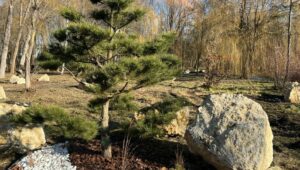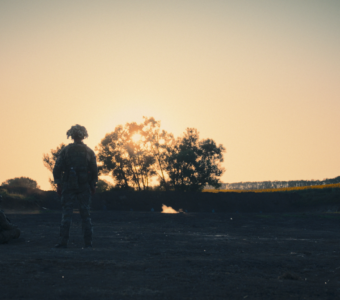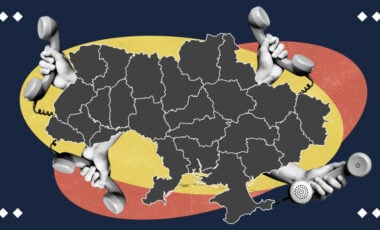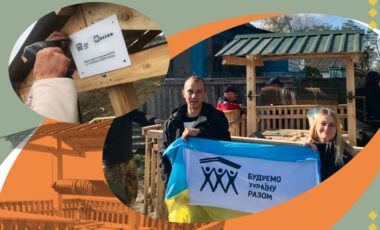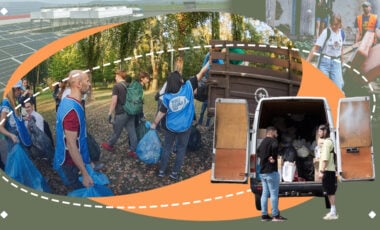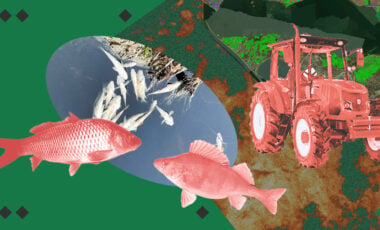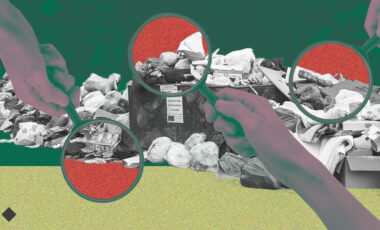Family from Kherson discovers Byzantine-era amphora on Odesa beach
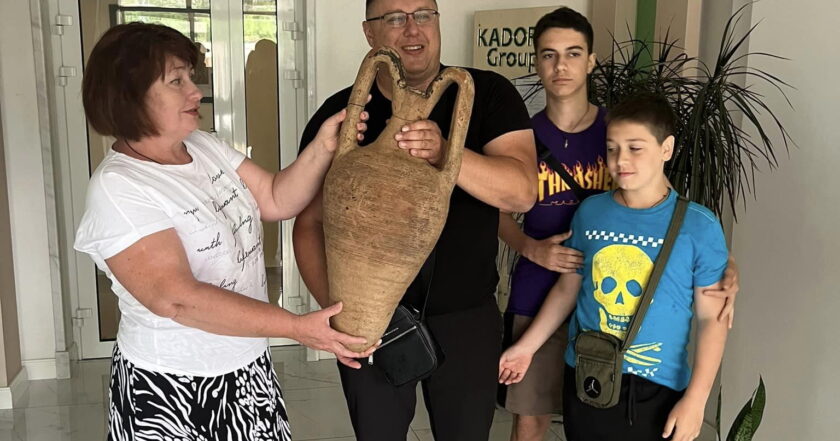
Photo:facebook.com/hokmksua
On the coast of Odesa, internally displaced persons from Kherson, who were rescuing freshwater turtles, discovered a Byzantine clay amphora.
The Kherson Regional Museum of Local Lore reported this.
"These days, internally displaced persons from Kherson were rescuing freshwater turtles on the Odesa beach. And suddenly, they saw an unusual vessel approaching the beach. Having fished it out of the water, Yuriy Poslovsky (a professional historian) realized that it was a Byzantine amphora," the message reads.
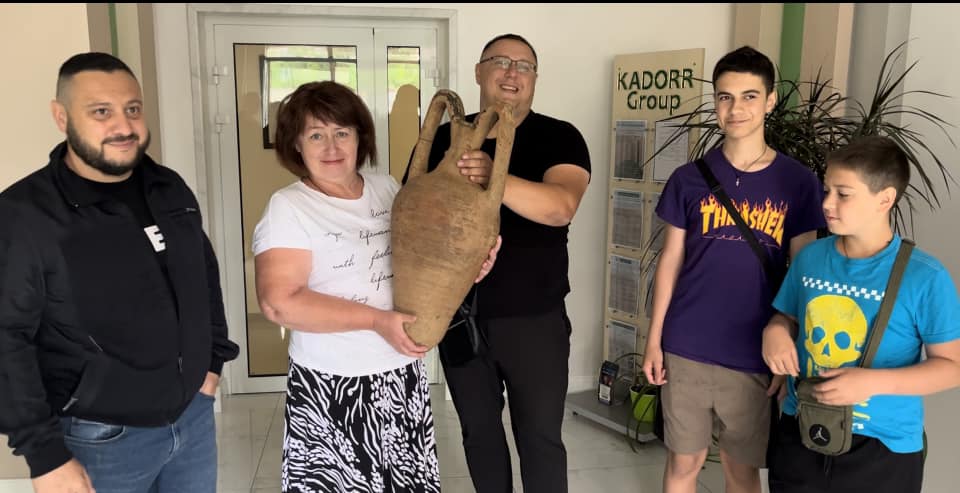
Photo: facebook.com/hokmksua.
The family decided to hand over the amphora to the museum. Remembering the looted local history museum in their hometown, they presented the artifact to Kherson.
It has been observed that the heavy clay amphora did not sink because an earthen plug had formed in its neck.
"We can only guess whether it was washed from the flooded coastal zone or a sunken ship. In any case, the generous southern land shared its treasures with the Kherson residents," the museum added.
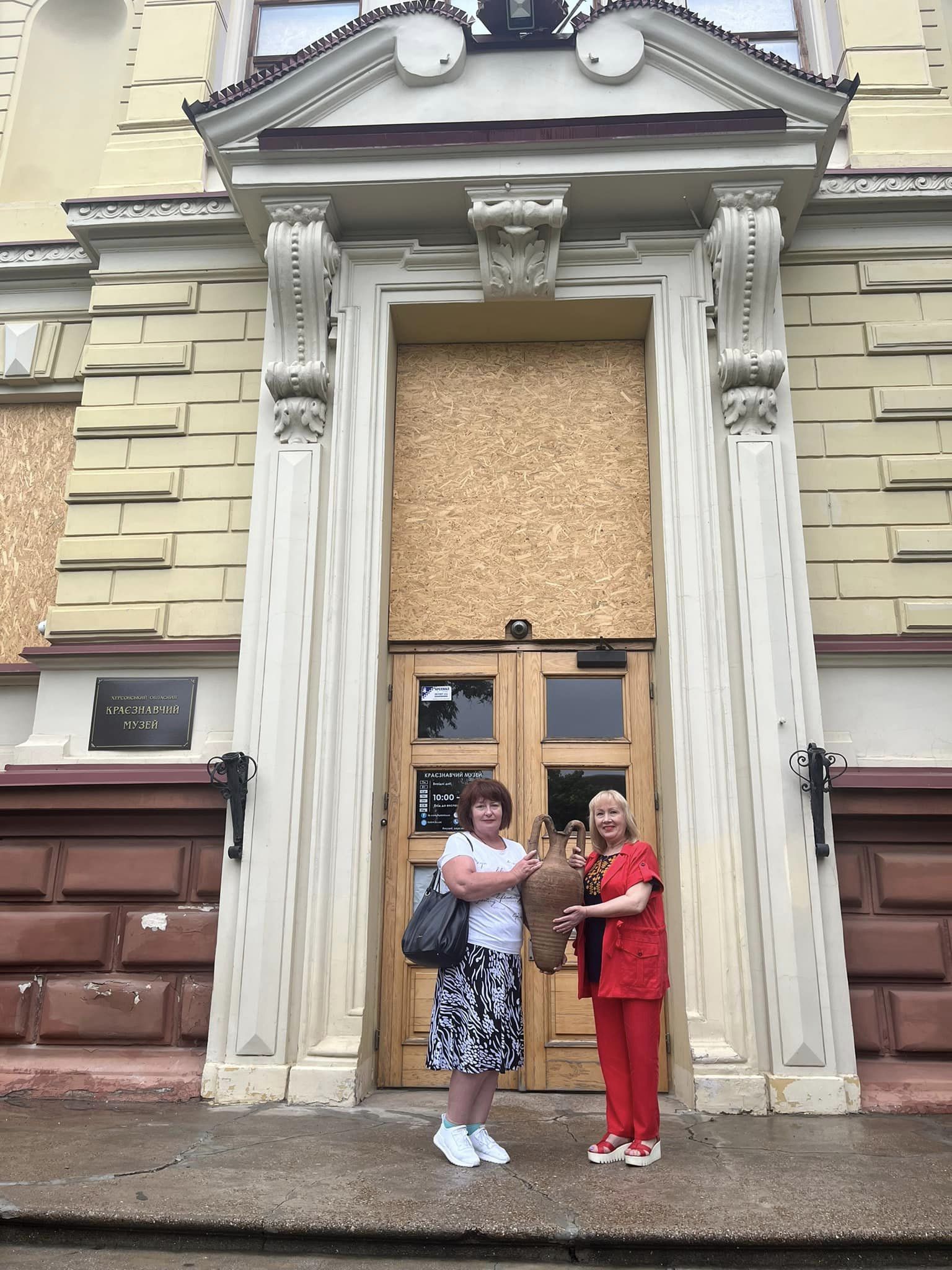
Photo: facebook.com/hokmksua
For reference:
In the Zhytomyr region, an underground structure dating back to the 16th-18th centuries was discovered in a sinkhole in the center of Zviahel, the birthplace of Lesia Ukrainka, a famous Ukrainian poetess.
In addition, Rubryka reported that in the Ternopil region, near the village of Husiatyn, the remains of an ancient settlement were discovered. According to the previous version, it belongs to the Trypil culture.



